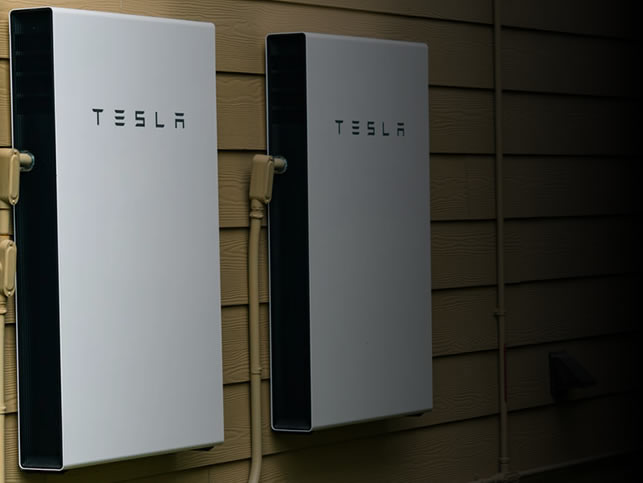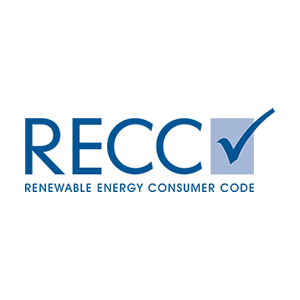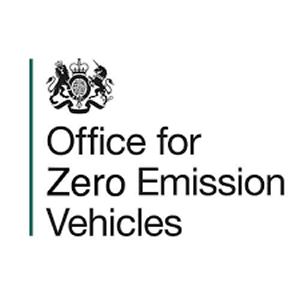When it comes to maximising the efficiency of solar energy at home, battery storage is a big part of the conversation. But is more always better? After a year of living with solar panels, a 10kWh battery, and an electric vehicle (EV), I’ve found myself asking the same question: do I need to invest in additional battery storage?
Let me take you through my thought process and real-life experience to help you decide whether another battery is worth it for your home.
My Setup:
I have a 3.6kW inverter (with a 4.1kWp solar array), 10kWh of battery storage, and an EV charger. My family of four includes two young children, which means our washing machine and tumble dryer are constantly running—sound familiar?
For the past year, I’ve been on Octopus Intelligent Go, which has a peak pricing window from 05:30 to 23:30 and an off-peak period overnight when electricity rates are significantly lower.
Here’s the breakdown of my electricity usage from 1st July 2023 to 31st June 2024:
- Total Imported Electricity: 6,855.6 kWh
- Peak Hours Usage (05:30 to 23:30): 2,569 kWh
- Off-Peak Usage: The rest was used during off-peak times, largely to charge my EV.
- Non-EV Usage During Peak: Only 230 kWh was imported during peak times when the car wasn’t charging and my batteries had been fully depleted.
The Numbers Behind the Decision:
One of the most significant factors in deciding whether to expand your battery storage is the cost. For me, the numbers told a clear story.
Currently, the cost of off-peak electricity with Octopus Intelligent Go is 23.59p per kWh. Over the year, the total cost for using grid electricity during peak hours (where my solar and battery couldn’t keep up) came out to just £54.25.
Now, let’s consider the cost of adding more battery storage. Installing an additional 5kWh battery would cost approximately £2,500. Based on my peak-time electricity costs, it would take me over 46 years to recoup that investment. That’s a long time!
This is a classic case of diminishing returns. While adding more storage may give me peace of mind, it wouldn’t provide a meaningful financial benefit—at least not based on my current energy consumption and electricity prices.
Lessons Learned from Real Usage Data:
My real-world data has shown me that my current 10kWh battery setup is doing a pretty good job. I’m managing to cover the vast majority of my peak-time usage with solar power and stored battery energy.
The relatively small amount of energy I pull from the grid during peak periods simply doesn’t justify the cost of adding another battery. In fact, I’m better off using my solar setup as it stands, allowing it to offset my electricity bills without sinking more money into a battery that won’t pay for itself any time soon.
Conclusion: Start Smart, Don’t Rush into Extra Battery Storage
Like many homeowners, I started my solar journey with a moderate investment in battery storage—10kWh to be exact. Over the past year, this has proven to be more than enough for my family’s needs. While it’s tempting to think that “more is better,” the reality is that additional storage wouldn’t provide the financial returns I’m looking for.
If you’re in a similar position, I encourage you to take a step back and analyse your own energy usage before jumping into more storage. Use the data you have to determine whether the benefits of extra batteries will really outweigh the costs. In my case, it doesn’t make sense. I’ve learned that the right amount of battery storage isn’t necessarily the maximum—it’s the amount that works for your household’s specific needs.
So, for now, I’m sticking with my setup and enjoying the savings and benefits it brings. The key takeaway? Start smart, monitor closely, and don’t rush into buying more storage unless it truly makes sense for you.




















